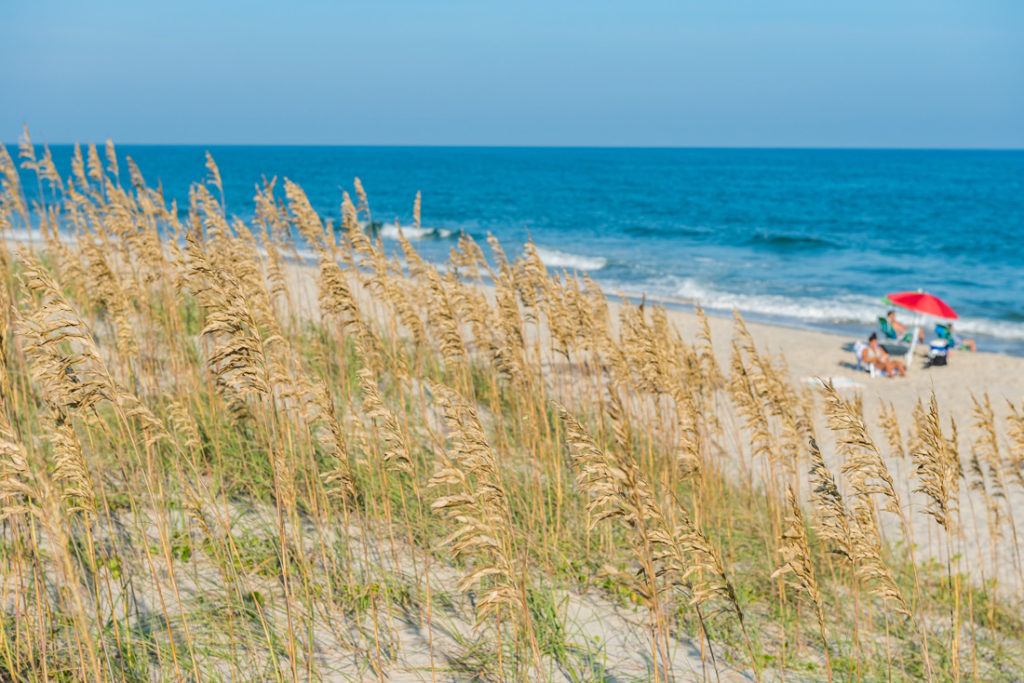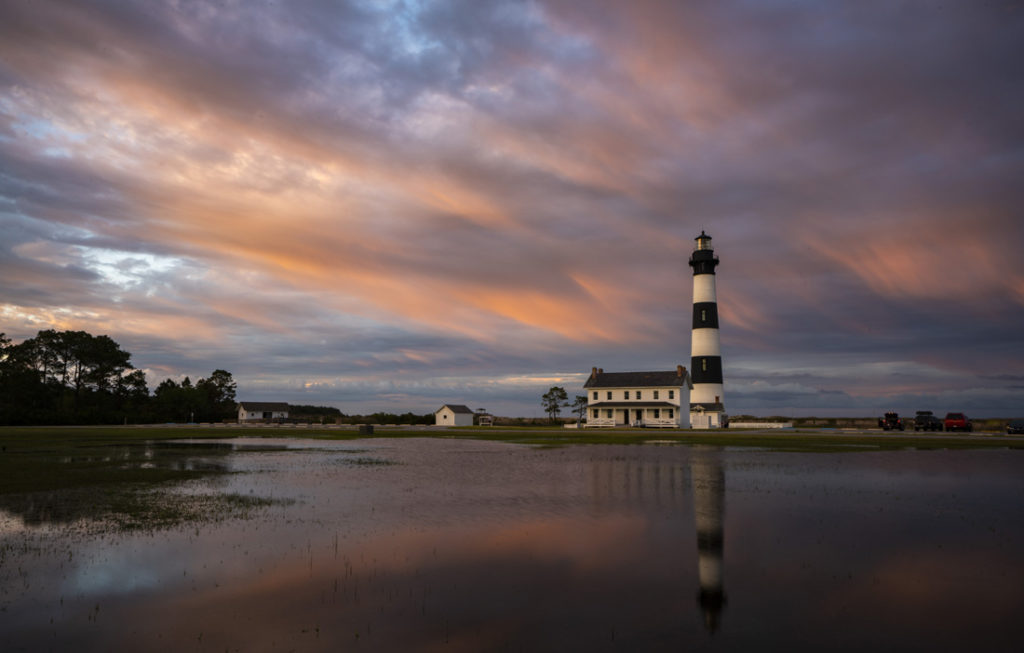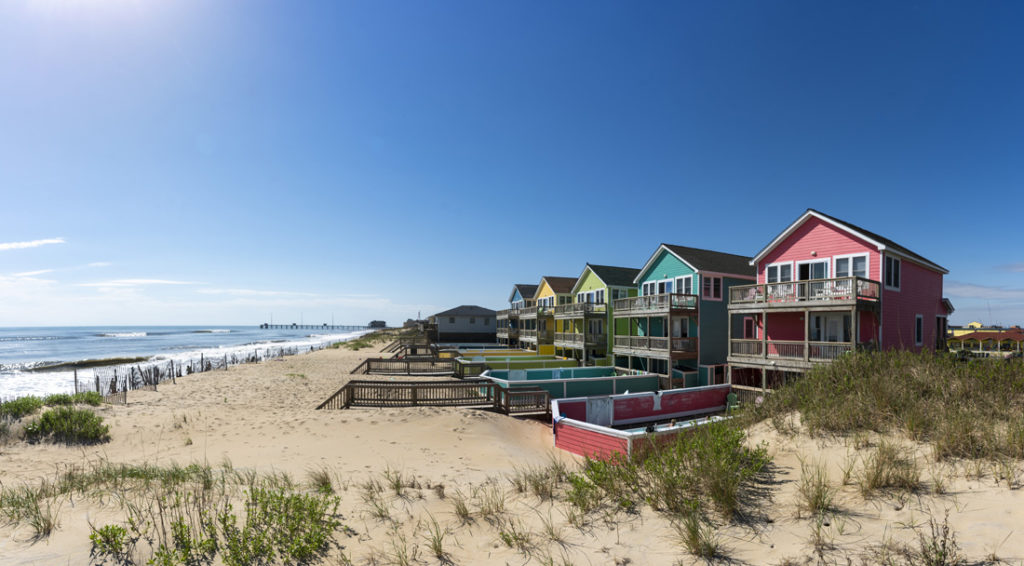Getting to this far eastern destination is half the fun

Of the wealth of wonders along the island string of North Carolina’s Outer Banks, my first visit there left two enduring impressions. The first was seeing signs for “Hurricane Evacuation Routes.” As a Southern transplant, I was well acquainted with “Snow Emergency Routes” from a colder climate, but hurricane notices were so novel, I got out of the car to take a photo.
The second, and more interesting, memory is of the trip getting there. Rather than taking the most direct mainland roads that head east through Augusta before turning northward into South Carolina, our route wound its way to the car ferry at North Carolina’s Cedar Island. The two-hour water excursion provides a chance to get out of the car, wander the decks and pose for selfies with the boat’s wake in the background. The destination is Ocracoke, the 16-mile long, southernmost tip of the Outer Banks (known as OBX to the locals). It may add more travel time, but it’s fun to spend a few hours on this quaint island to have lunch, search for shells on the beach and visit the historic lighthouse, one of four along the coast. This 75-foot, white brick structure is one of the country’s oldest, operating since the 1820s.

From Ocracoke, ferries shuttle visitors northward to Hatteras Island, where the Cape Hatteras National Seashore juts into the Atlantic. The waters here are so treacherous they’ve claimed more than 600 shipwrecks and inspired the Graveyard of the Atlantic Museum that tells their stories. Get a good look at the sea and dunes from atop the Cape Hatteras lighthouse.
Drive along N.C. Highway 12, a 148-mile stretch that runs the length of the Outer Banks. This slow-moving two-lane meanders by marshes, dunes, beaches and the several small communities that draw visitors year round. Our favorites: Nags Head and Kill Devil Hills.

Nags Head is home to Jockey Ridge State Park, noted for its soaring sand dunes high enough to be launch sites for hang gliders, a common sight from the highway as they prepare for takeoff. Those who prefer feet on more solid ground can stroll Jennette’s Pier, a 1,000-foot wood stretch over the water where fishing and educational programs operated by the North Carolina Aquariums are the main attractions. Explore the marshes and wildlife surrounding the Bodie Island lighthouse and learn more about the region in the light keeper’s house, now the Outer Banks information center.
Kill Devil Hills earned its place in history in 1903 when it became the site of Wilbur and Orville Wrights’ first flight. A memorial marks the spot of the feat that lasted only 12 seconds but gave the state its license plate slogan: “First in Flight.” A visitor’s center houses a reproduction of their plane and an assortment of interactive exhibits that tell their story.
Along with quaint B&Bs, small inns, hotels, house and condo rentals, the islands also offer chances to parasail, fish, bike and delve into the past, but don’t forget the beach! Throw down a blanket and rent a Jet Ski in summer or pull on a wool sweater and stroll the white sands in fall and winter. Between excursions, fill up at notable eateries such as Caribbean-themed Tortugas’ Lie, the upscale Ocean Boulevard, the waterfront Aqua and the Colington Cafe, tucked into a Victorian cottage. End the day with a round of mini-golf and an old-fashioned treat at Kill Devil’s Frozen Custard where cones are filled with the same eggy goodness made famous on New York’s Coney Island a century ago. With so much to enjoy year-round, a trip to OBX is worth it, even with those evacuation signs.
Atlanta-based writer and editor contributing to a number of local and state-wide publications. Instructor in Georgia State’s Communication department and Emory’s Continuing Education division.












